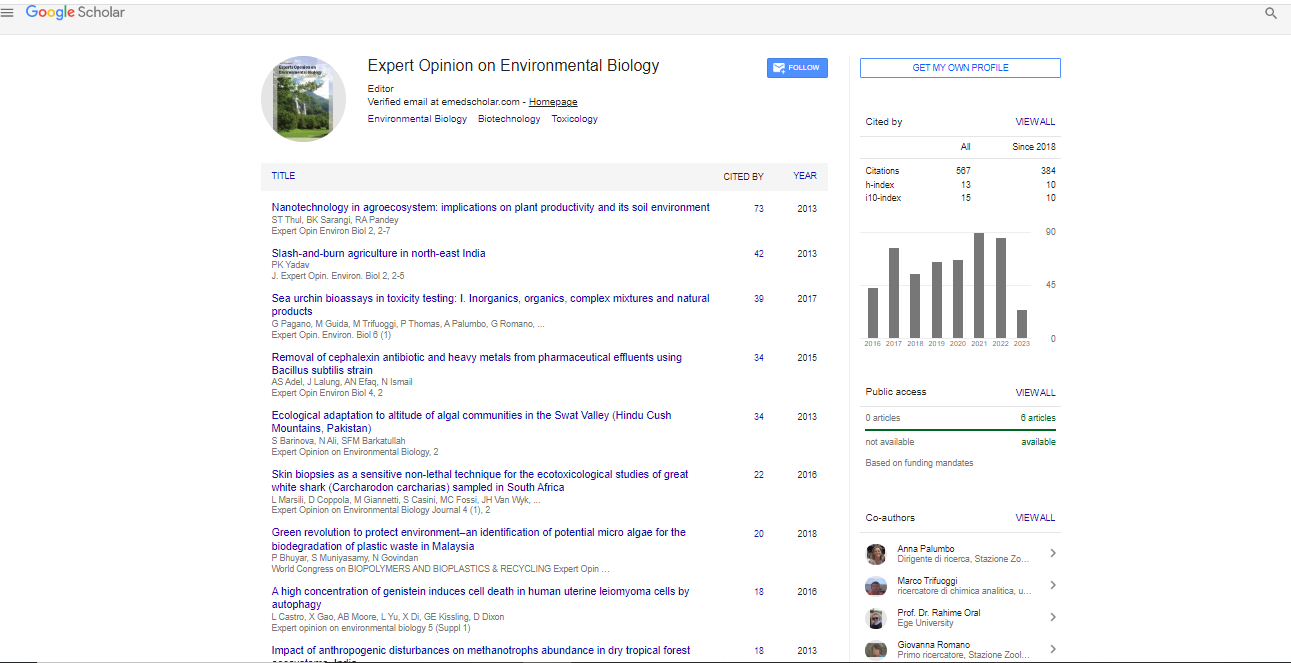Fabrication and optimization of an abiotic bio electrode for an implantable biofuel-cell.
Ghodhbane Myriam, Belgacem Naceur, Chaussy Didier and Abdelkader Zebda
The Laboratory of Pulp and Paper Science and Graphic Arts ,Grenoble INP Pagora institute, Grenoble, France.
Techniques for biomedical engineering and complexity management – informatics, mathematics and applications – Grenoble, Fr
: Expert Opin Environ Biol
Abstract
Implantable glucose fuel cells based on abiotic catalysts are considered as a potential future technology to replace lithium batteries as power source for implanted medical micro devices. For long-term application of implantable glucose fuel cells, the use of abiotic catalysts is preferable over enzymes or microorganisms since abiotic catalysts pose a low risk of infection, allow for simple steam sterilization, and in contrast to enzymes do not suffer from progressing denaturation and the associated loss of activity and thus inherently limited lifetime. On the present work, we proceed to the fabrication of an implantable biofuel cell composed of an abiotic bio electrodes based on nitrogen/iron doped graphene for the cathode and gold doped graphene for the anode. These bio electrodes were fabricated by printing the doped graphene based ink on our substrate which is a Gas Diffusion Layer(GDL), using spray printing technique. Finally for the Biofuel cell assembly we are proceeding according to two models: 1- Both side printed electrodes. 2- Wedged based electrode which is a succession of anode, separator, and cathode. In order to facilitate the physiological fluids passage, we printed wedges on the separator using 3D printer. Then we rolled the whole system to obtain our biofuel cell.
 Spanish
Spanish  Chinese
Chinese  Russian
Russian  German
German  French
French  Japanese
Japanese  Portuguese
Portuguese  Hindi
Hindi 
